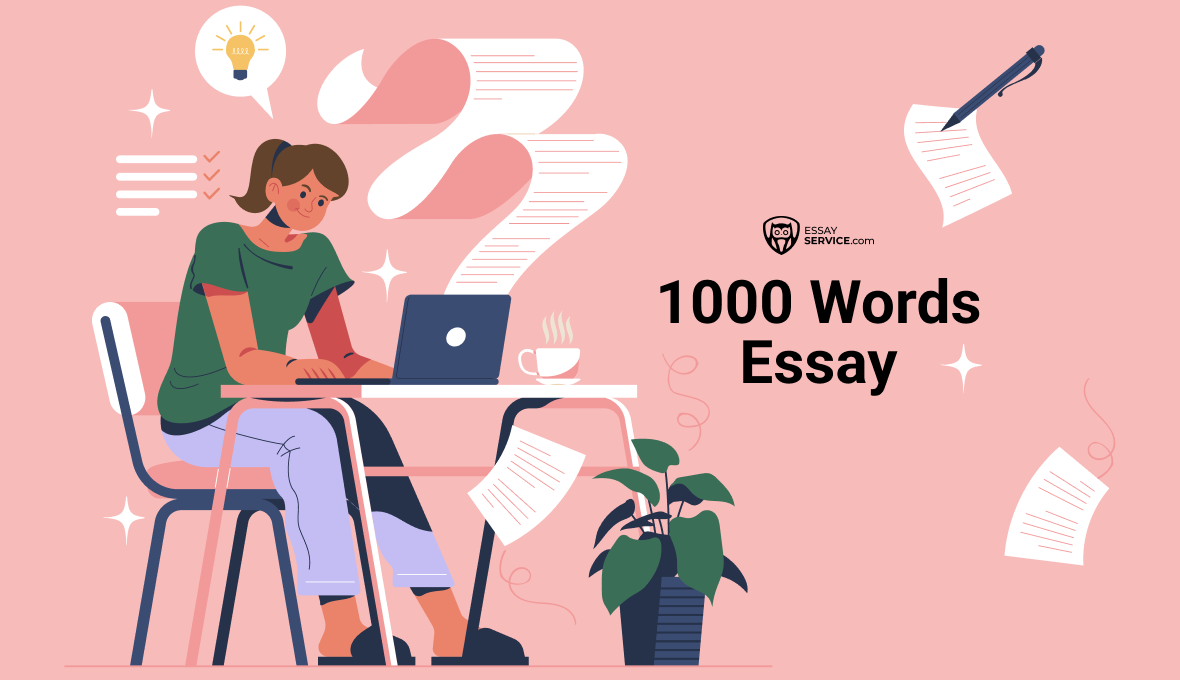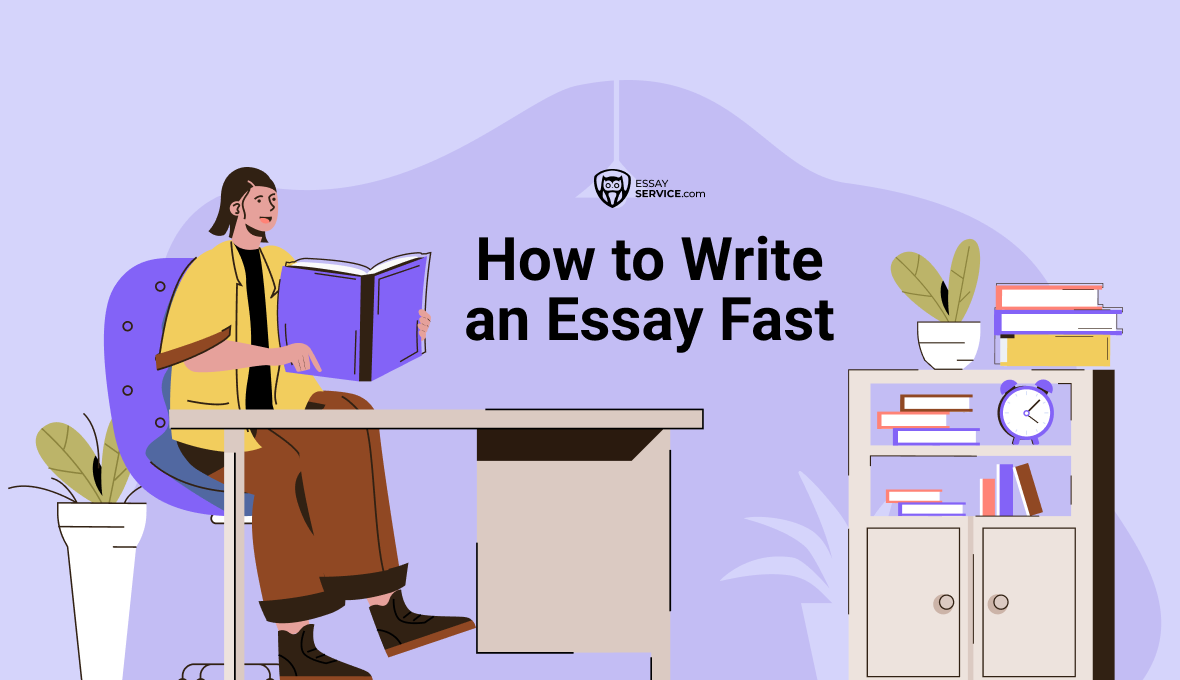
How to Avoid and Fix Plagiarism in Your Essays?
What is Considered Plagiarism?
This blog post will clear up any confusion you may have about plagiarism. First, we'll define the term and discuss the different types of plagiarism. We'll then go on to discuss the consequences of plagiarism and what you can do to avoid it, including ways how to avoid accidental plagiarism. Pro tip: if you're in a hurry, just make sure to jump to the article section that includes the top 3 ways to avoid plagiarism – we guarantee that this valuable information will make your academic life much easier!
Direct Plagiarism
Direct plagiarism is the act of copying someone else's work word-for-word without giving credit to the original author. This can include copying text from a book, article, or website. It can also include copying another student's essay or using someone else's ideas without giving them credit.
One way to fix plagiarism is to properly cite your sources using in-text citations and a reference list. When in doubt, it's always better to err on the side of caution and give credit to the original author. Another thing that would help would be to learn how to write an essay outline and follow it step-by-step to ensure you don't miss out on where you need to cite your sources. And, if you're still unsure, you can always recruit report writing services to ensure your work is up to par.
Mosaic Plagiarism
Mosaic plagiarism is a form of plagiarism that occurs when a person borrows ideas or language from another source and combines them with their own original work. While it may not be immediately obvious, it can be just as serious as copying and pasting direct quotations word-for-word. After all, you are still using someone else's ideas without giving credit, which is dishonest and illegal in many cases.
It's worth highlighting that mosaic plagiarism can be quite harmful. Not only does it lead to lower grades and potential disciplinary action from schools, but it also deprives students of the opportunity to learn how to cite credible sources properly. In addition, it can make it difficult for readers to understand where the borrowed information came from.
If you're unsure how to avoid plagiarism, the best thing to do is cite all your sources. That way, you can prevent any potential issues altogether.
Minimal References to Partial Quotations
Another type of plagiarism is minimal reference to partial quotations plagiarism, which occurs when you use a small portion of someone else's work but don't give them credit. For example, this might happen if you quote a sentence or two from a book without including the author's name or forget to use quotation marks.
For example, let's say you're writing a research paper about the causes of the American Civil War. You come across the following sentence in a book: "The North and South had different views on slavery, which was a major cause of the Civil War." If you were to use this sentence in your paper without including a reference or quotation marks, it would be plagiarism.
Even if you haven't duplicated the statement directly, you still use someone else's ideas without giving them fair credit.
So, if you want to learn how to fix plagiarism, include a reference to the original source. This is one of the top tips to avoid plagiarism – don't forget to cite your sources!
Paraphrasing Without Citation
Paraphrasing is when you take someone else's idea or concept and explain it in your own words. This is a common practice in academic writing, as it allows you to avoid direct quotes and helps you to synthesize information from multiple sources. However, it is important to ensure you are not simply copying the original author's ideas without giving credit.
Alternatively, you can use a citation machine plagiarism checker to keep track of your citations. This plagiarism detector allows you to see whether you have committed accidental plagiarism in your writing. This way, you will be able to use your own words and ensure that your paper is original.
Inadequate Citation of the Paraphrase
Properly citing your sources is an important part of academic writing and a very important tip on how to avoid plagiarism. Inadequate citation of a paraphrase occurs when you fail to provide enough information about the source material.
For example, simply including the author's last name is insufficient; you should have the page number or other specific reference point. Failing to cite a paraphrase properly can make it seem like you are trying to pass off someone else's ideas as your own. Therefore, the best way to avoid plagiarism is to be clear and concise when citing sources in your work. And, if you want to be extra cautious, you could always buy an essay from a reputable essay writing service!
Plagiarism in Graphs, Charts, Figures, or Images
Graphs, charts, figures, and pictures are frequently used to convey information concisely and attractively. However, it is important to remember that these materials are also protected by copyright law. In addition, failure to cite their source may be considered plagiarism, so it's essential to know how to deal with plagiarism.
There are a few different ways to avoid plagiarism when using graphs, charts, figures, or images. So, if you're wondering which technique is useful for avoiding plagiarism, we have two options for you. One is to create your own original content. Another option is to use materials that are in the public domain or that have been licensed for reuse. If you do use someone else's work, be sure to attribute it appropriately. This way, you'll be able to prevent plagiarism and avoid being accused of accidental plagiarism.
Misrepresenting Material as "Common Knowledge"
Even if something may be considered "common knowledge," that doesn't mean you can automatically assume it's okay to use without crediting the source. Misrepresenting material as common knowledge is one of the most severe types of plagiarism. Here's why:
For starters, what is considered common knowledge can vary depending on the context. For example, just because everyone in your class knows about a particular historical event doesn't mean it's considered common knowledge in history.
You can fix plagiarism by crediting your sources - even for something that is "common knowledge." Constantly asking yourself how to get rid of plagiarism shows that you're committed to academic integrity and ensures that your work will be trustworthy.

How Turnitin Detects Plagiarism?
First off, if you're unfamiliar with it, Turnitin is one of the most widely used plagiarism checkers in academia. More specifically, it is plagiarism detection software that instructors use to check student papers. This way, they can ensure that you have created your own work, used your own ideas, and appropriate in-text citations and quotation marks to specify the parts where you're referencing other people's works.
Now, it's interesting to see how Turnitin can detect plagiarism in your work. To do so, it compares each paper against a database of billions of web pages and other documents, looking for passages that match or closely resemble the text in the article. If Turnitin finds a match, it will flag the paragraph and provide a link to the source of the matching text.
In addition, Turnitin uses a proprietary algorithm to calculate a "plagiarism score" for each paper. This score includes a percentage of matching text, the length of the document, and the number of cited sources. Instructors can use these scores to identify papers that may contain plagiarized content quickly.
It's worth pointing out that since Turnitin also detects accidental plagiarism, you must be mindful of how to avoid unintentional plagiarism. For example, use a citation checker, and, particularly if you're short on time, recruit a seasoned writer to write an essay for you.
Consequences of Plagiarism
Every year, thousands of students are caught plagiarizing. Colleges take plagiarism seriously, so you must know the risks before submitting work. The consequences for plagiarism are severe and may include, but are not limited to, the following courses of disciplinary action by academic institutions:
- Academic probation.
- Assignment failure.
- Course failure.
- Suspension.
- Program or institution dismissal.
If you are found to have plagiarized work, you'll probably be put on academic probation, which means you'll be closely monitored for a while. Any further infractions could result in harsher penalties. Failure to complete the assignment or course is another possibility. In addition, you may receive a failing grade for the entire class if you plagiarize on an important task, including if you commit self plagiarism. Finally, in some cases, plagiarism has even resulted in students being suspended or even dismissed from their program or school.
You can see why it's crucial to fully understand what you can do to avoid, as well as how to fix plagiarism. But, of course, if you find yourself at a loss, you can always look for 'write an essay for me' services.
How to Avoid Plagiarism in Your Writing
With the advent of the internet, finding information on any topic is easy. However, it's also easy to commit accidental plagiarism, even if you use a few words from someone else's work. Whether you're a student, a blogger, or a professional writer, it's essential to make sure you're using your own words and ideas. Even if you’re worried about how to write a hook for an essay or need graduate essay help - don't hesitate to seek it. Plagiarism can result in a loss of credibility; in some cases, it can even lead to legal penalties.
So, what's the best way to avoid plagiarism? First, take a look at our tips below on how to avoid plagiarism in 5 easy steps:
Use In-Text Citations
One of the best ways to avoid plagiarism is to use in-text citations and brief references inside parentheses that tell the reader where you got your information. For example, if you're quoting from a book, you would include the author's last name and the page number, like this: (Smith 12). Remember that this is a simplified example; your course guidelines will show you what the requested format is – like, say, that you need to use an APA citation style.
Use Quotations
Quotations and quotation marks enable you to incorporate the thoughts of others into your paper while still maintaining your own voice. When using quotations, attribute them to the correct source and use quotation marks. By doing so, you'll be able to avoid having pieces of articles plagiarized and still get your point across.
Enrich with Your Thoughts
What does enriching your thoughts entail? It means using your own words to express someone else's ideas, thinking deeply about the material without having articles plagiarized, and coming up with your own interpretations. When you do this, seek ways how do you avoid plagiarism and deepen your understanding of the material.
Use Plagiarism Checkers
Plagiarism detectors are programs that scan your paper and run a plagiarism check for matching text, and flag any passages that might be suspect. By using plagiarism detectors before you submit your papers, you can be sure that you're not accidentally stealing someone else's work. So, if you want to avoid the consequences of plagiarism, be sure to use a plagiarism checker.
Don't Forget the Reference Page
When taking notes, write down the author, title, and publication date for each source. When you are ready to write your paper, consult your notes and create a list of sources you need to reference. For each source, including the author's last name, the date of publication, and the page number(s) you consulted. If you are unsure how to format a particular reference, turn to a style guide or ask your professor for help. By taking the time to compile your bibliography properly, you can ensure that your work is scholarly and accurate. If you have trouble with creating a reference page, an essay writing service could take care of that for you! We have a huge team of college essay writers for hire.
Example of a Plagiarized Work Contrasted with the Proper Paraphrasing
Here is a sample of avoiding plagiarism in your essays:
Text
It is no secret that many students plagiarize their college essays. In fact, a study by Turnitin found that over 86% of high school students have admitted to plagiarizing at least once (Turnitin, 2017). With the ease of access to information online, it has become all too easy for students to simply copy and paste someone else's work and pass it off as their own. While this might seem like a quick and easy way to get a good grade, it can actually lead to serious consequences. Not only can plagiarism result in a failing grade on an assignment, but it can also lead to expulsion from school.
Alternative Text with Plagiarism:
Many students plagiarize their college essays. According to a Turnitin research, more than 86% of high school students admitted to plagiarizing at least once. It has become all too easy for students to simply copy and paste someone else's work with the ease of access to information online. Although this may look to be a quick and easy way to achieve a good grade, it might have serious consequences. Plagiarism can result in not just a poor mark on an assignment, but potentially expulsion from school.
Alternative Text with Correct Citations and Paraphrasing:
A Turnitin survey found that plagiarism is a significant issue for college students, with more than 86% of high school students confessing to committing it at least once (Turnitin, 2017). Because of how simple it is to get material on the internet, it is all too simple for students to copy and paste someone else's paper while claiming it as their property. Although it would seem like a simple and fast approach to earn a decent score, doing so might really have negative effects. Plagiarism not only increases the likelihood of receiving a failing mark on a project but also of being expelled from college.
Frequently asked questions
New posts to your inbox!
Your submission has been received!



.webp)